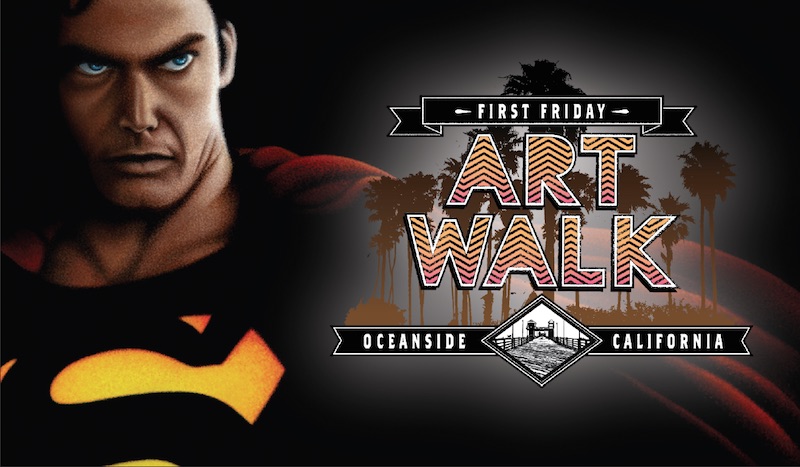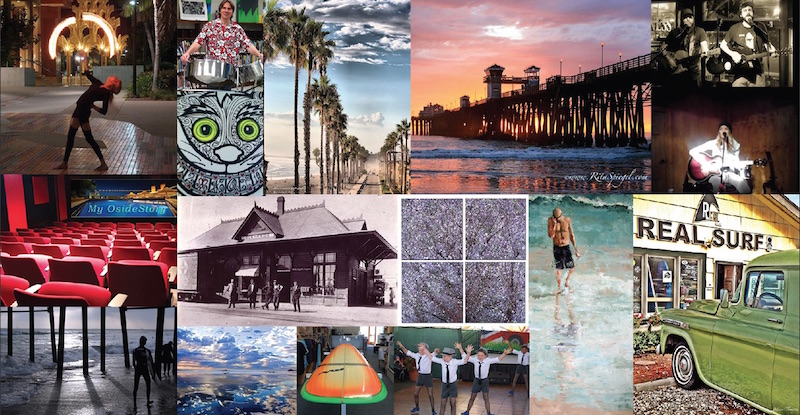Robert Piser was born in Milford, Connecticut in 1952. Raised in the San Fernando Valley, Piser was profoundly influenced by postwar middle class Americana and the burgeoning Pop Art movement. Piser’s earliest works were primarily realistic portrayals in colored pencil, watercolor and gouache, although he soon moved to creating “Sculptural Paintings.”
Piser developed “Sculptural Paintings” at California College of Arts and Crafts (later California College of the Arts). Required to study sculpture yet resisting tradition, his response was to paint three-dimensional volumes.
In the 1970s, Piser created his street-based art gallery, “The Daily Palette”, a collection of newspaper vending machines installed outside art venues around the San Francisco Bay Area. The machines were supplied weekly with silk-screened prints, which sold for 25 cents, or, as Piser put it, "Significant art works at popular prices." According to art blogger Matthew LeClair, “The idea of the vending machine as an alternative art gallery began in the 1970s with Robert Piser's Daily Palette.” LeClair writes, “Piser's work was significantly different from the Fluxus artists. The Fluxus artists vended work by single artists inside a gallery. For Piser, the vending machine was the gallery, selling work by a variety of artists in locations not typically associated with art, such as on street corners.”
According to Piser:
I was a young art student and was frustrated with the straight / closed gallery scene in the bay area and was just looking for a way to show my work and it was a cool way to do it. I was part of the bay area underground music and art scene of the late 70's and 80's. The Ant Farm, Survival Research Laboratories, Flipper, Dead Kennedy's, Cramps, etc. I taught lithography and silkscreen printing at Berkeley and was part of a group of alternative printers and artists who were involved with the "mail art" movement. (The Mac and email weren't designed yet). The machines were $55 and I had 8 of them at one time. The cost of the operation wasn't close to the money I got back at 25 cents a piece, but a quarter seemed like the best price someone would actually let go of at the time, besides, it wasn't the point really. It was the cheapest gallery in the world. People liked the concept and I showed all kinds of people's work, (too many), and people mostly stole more than they paid for. The UC Berkeley police actually confiscated some machines as they said they were on university property and I had to bail out the machines and I had a show accordingly at UC Berkeley art museum. Too many stories...I ran it for about 6 years...
Piser also studied art at Otis Art Institute and San Francisco Art Institute, and fine art lithography at U.C. Berkeley. Piser actively participated in the vibrant San Francisco/East Bay underground art scene, appearing in gallery and group shows, and co-founded the East Bay “Mail Art” movement.
Piser’s years of experience as an industrial printer fostered a deep appreciation of the art and science of fine art printing. During the pre-digital heyday of San Francisco Bay Area printing, he worked with notable printing houses (e.g., Foster & Kleiser, Mike Roberts Postcards, World Litho Co., etc.), creating everything from post cards and posters to billboards.





























































































